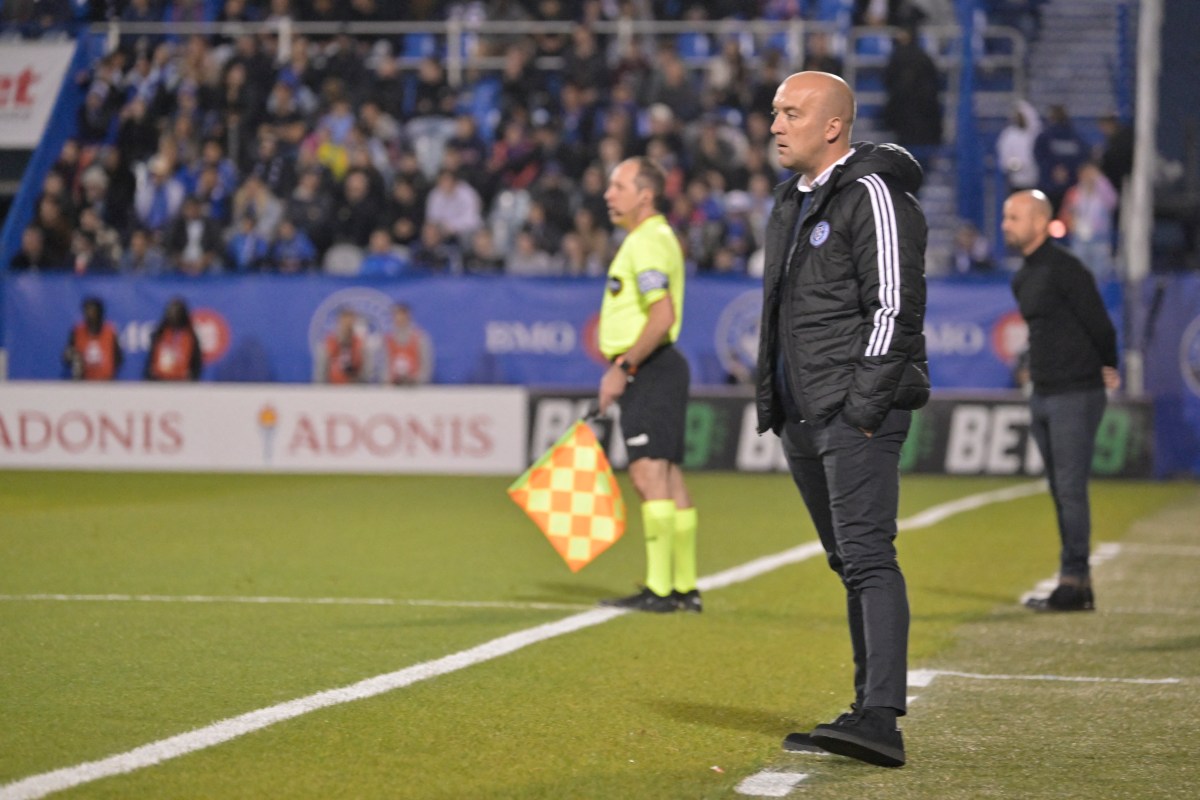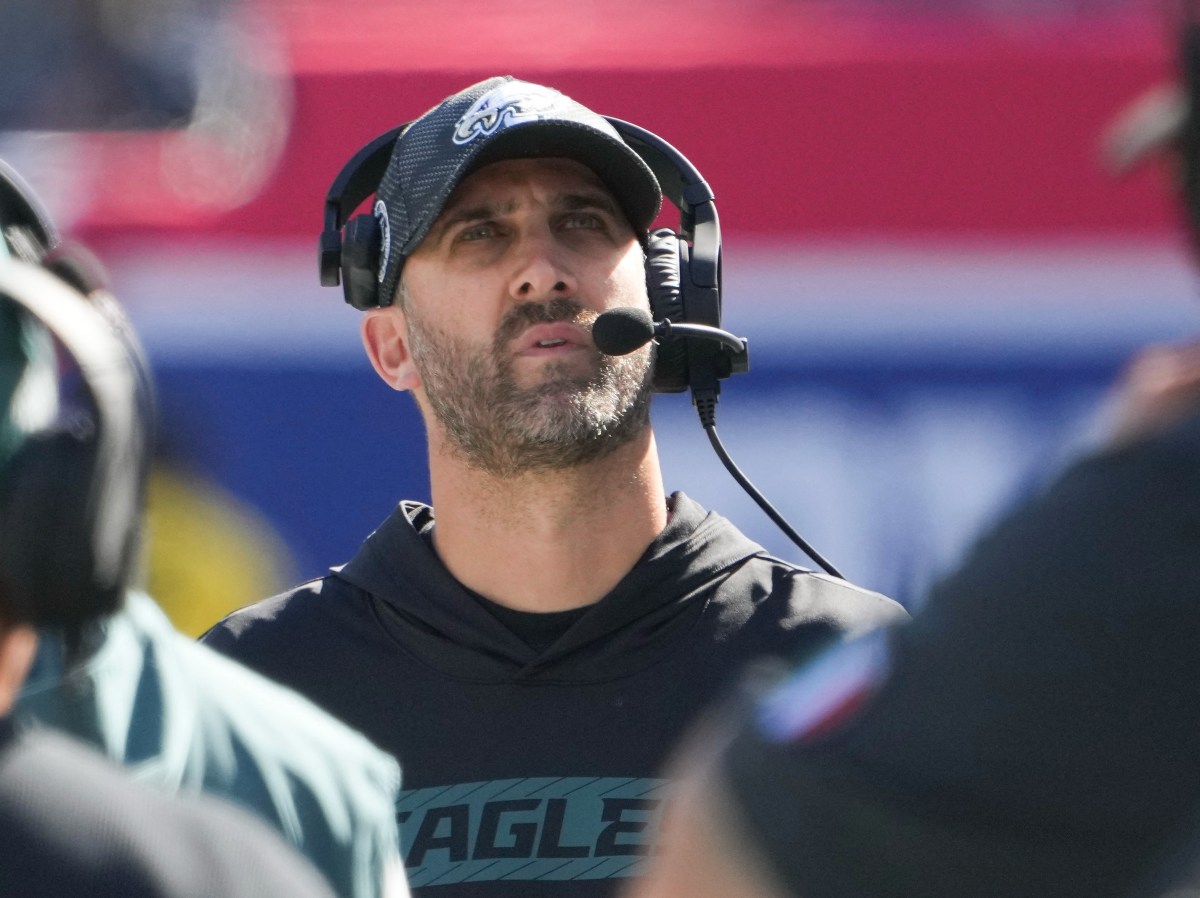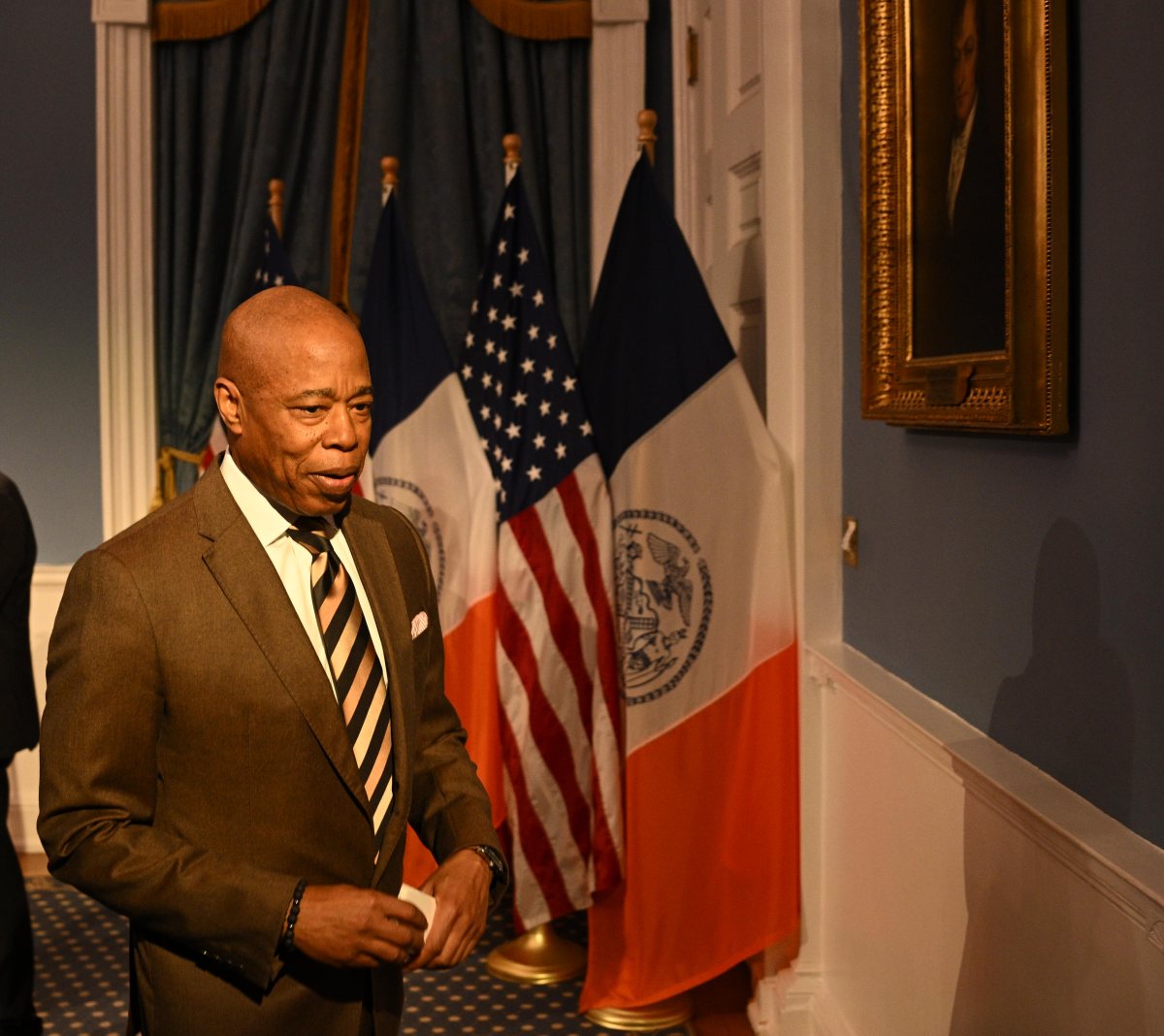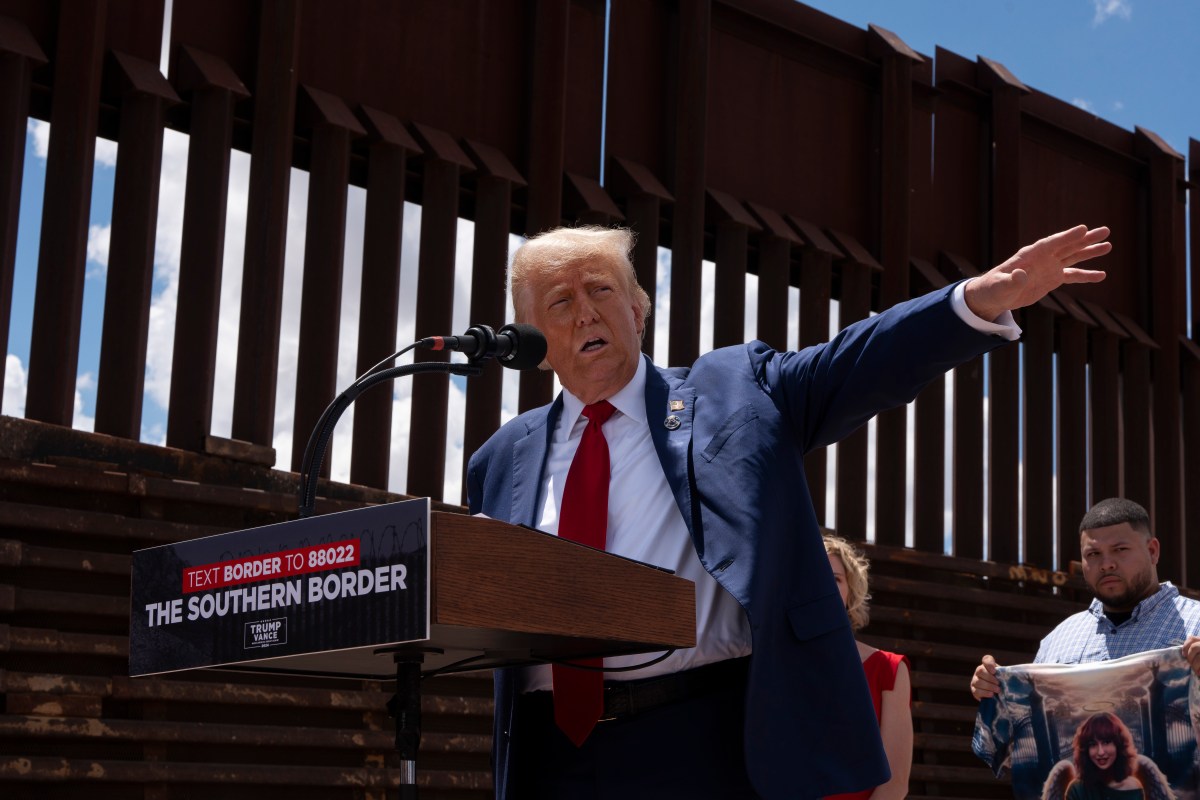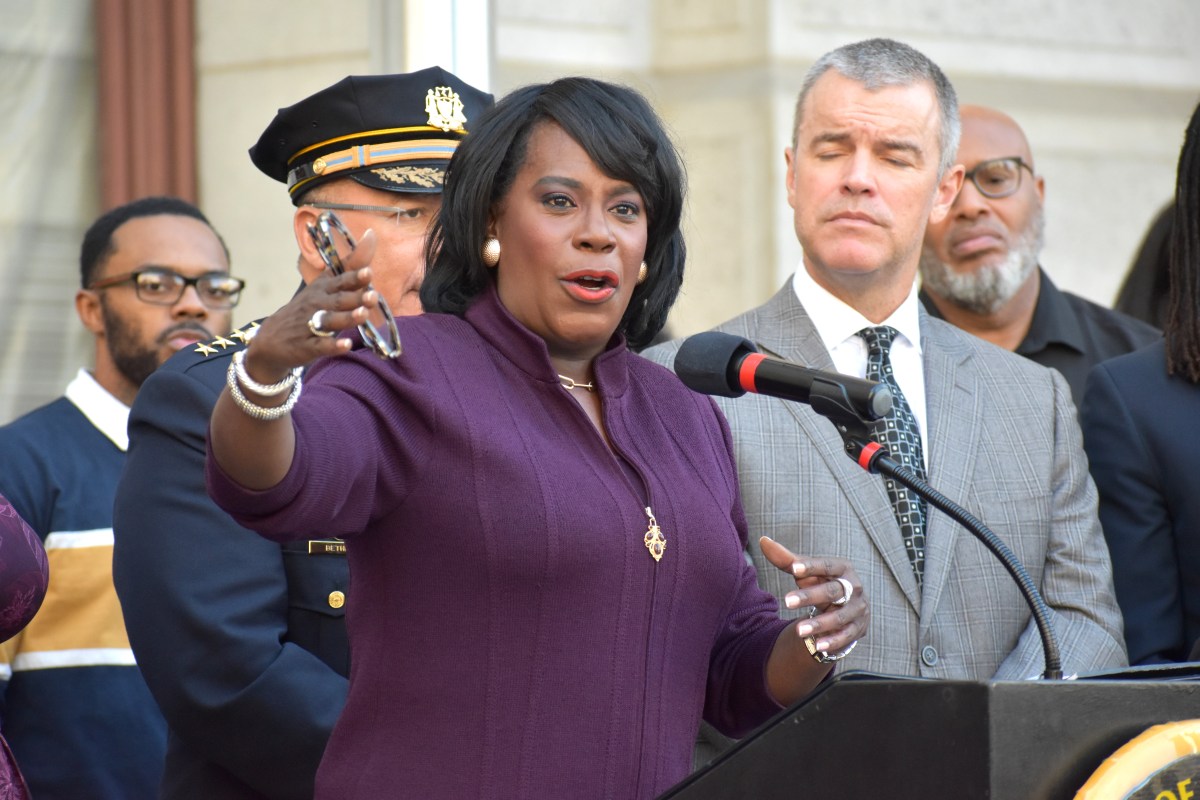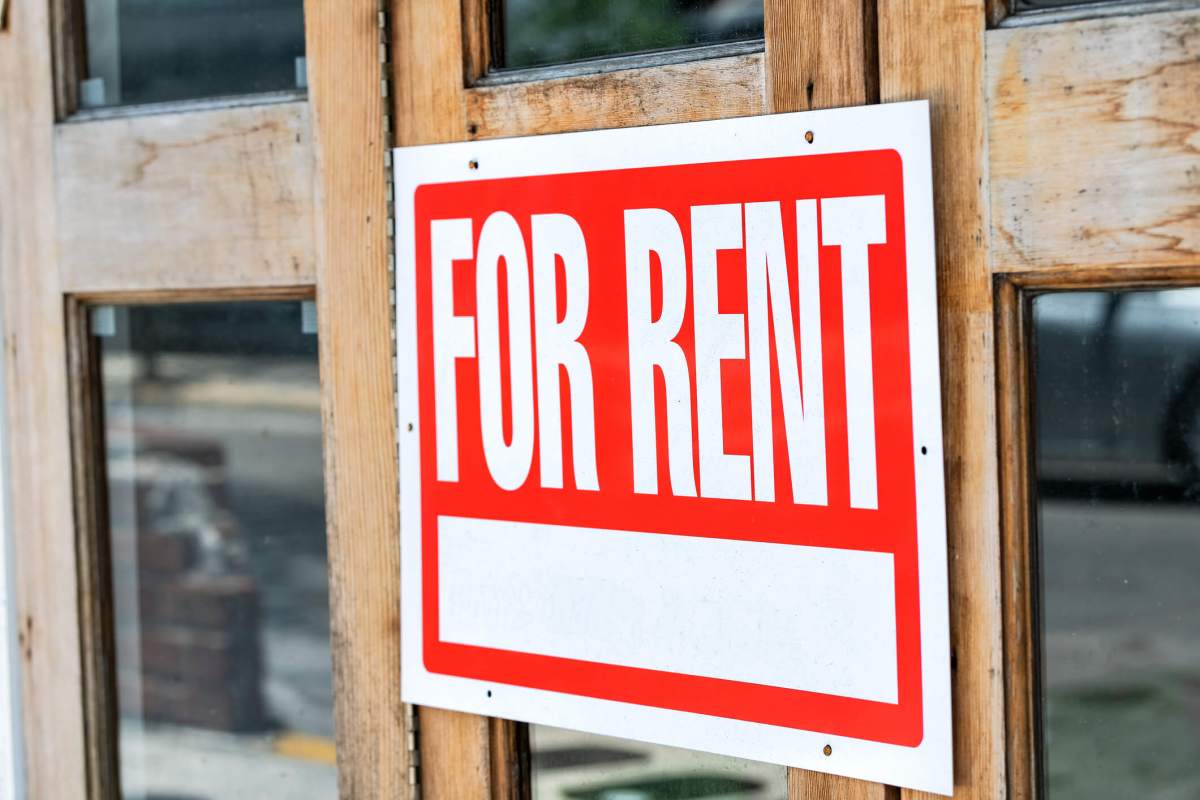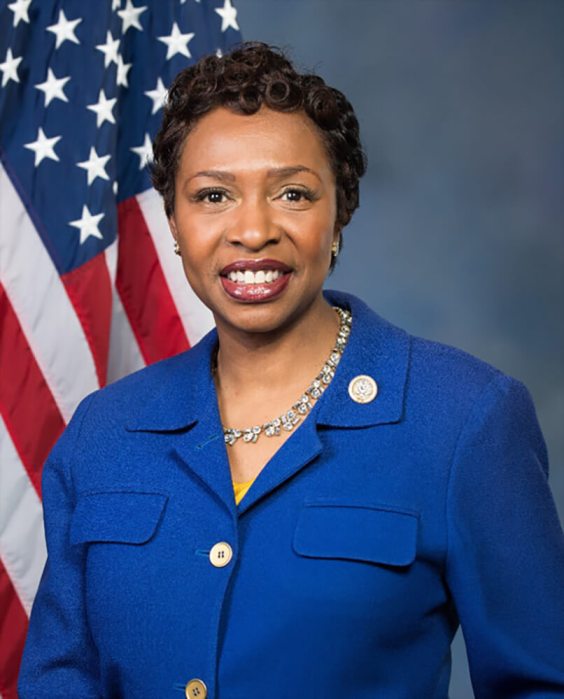WASHINGTON (Reuters) – The U.S. Supreme Court will soon decide the legality of President Donald Trump’s decision to end a program offering work permits and deportation relief to immigrant “Dreamers” who came to the United States illegally as children.
Trump, a Republican, moved in 2017 to phase out the Deferred Action for Childhood Arrivals (DACA) program. His administration argued the initiative of his Democratic predecessor Barack Obama was unconstitutional and would not withstand legal challenges.
Several federal courts blocked Trump’s attempt to terminate the DACA program. The case went to the Supreme Court, which heard arguments in November.
The decision will be one of the most-watched of Trump’s presidency. Here is what you need to know about it.
WHAT IS THE DACA PROGRAM?
Obama announced DACA in 2012 after more than a decade of failed efforts to pass legislation in the U.S. Congress that would have provided a path to citizenship for so-called Dreamers.
The program offered unauthorized immigrants who came to the United States before age 16 the chance to obtain a work permit and a reprieve from imminent deportation.
Applicants were required to pass a criminal background check to ensure they had not been convicted of a felony or significant misdemeanor. They needed to have completed high school, still be in school or have served in the U.S. military.
The Obama administration said the program would allow immigration officers to focus on higher-priority offenders. Critics called it an abuse of executive power.
WHO IS ENROLLED IN DACA?
About 649,000 people are enrolled, according to the most recent government data. Nine of 10 are immigrants born in Mexico, El Salvador, Guatemala and Honduras. More than half live in California, Texas, Illinois, New York and Florida.
The average age of DACA enrollees is 26, slightly more women than men, according to the latest statistics.
A 2017 analysis of U.S. Census Bureau data by the Migration Policy Institute found the top occupations for immigrants in the program were food preparation and serving, sales, office and administrative support, and construction.
WHERE DO EMPLOYERS STAND?
Major U.S. companies support DACA and have hired work-eligible beneficiaries.
In an October brief in the Supreme Court case, 125 companies – including Amazon, Facebook, Google and Starbucks – said ending the program would “inflict serious harm” on employers, workers and the U.S. economy. They were joined by 18 major business associations.
DACA enrollees hold thousands of jobs in the medical field, a point backers have raised during the deadly coronavirus pandemic.
Plaintiffs defending the program noted in a Supreme Court brief this month that 27,000 DACA recipients are healthcare workers including nurses, pharmacists and home care aides. Nearly 200 are medical students, residents and physicians, the brief said.
HOW WILL THE SUPREME COURT RULE?
The Supreme Court is expected to rule by the end of June, but could act sooner.
With five conservative justices and four liberals, the court appeared split along ideological lines during oral arguments in November. The conservative majority signaled support for Trump’s termination of the program while liberals said the move would destroy lives of DACA beneficiaries. [L2N27SOC7]
WHAT WILL HAPPEN IF TRUMP IS ALLOWED TO END DACA?
The Trump administration has not said how it will proceed if the Supreme Court allows it to terminate the program.
However, a top U.S. immigration official told Reuters in December that DACA recipients ordered removed by an immigration judge would be subject to deportation. [L4N28L3OZ]
(Reporting by Ted Hesson, editing by Ross Colvin and David Gregorio)








